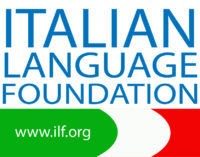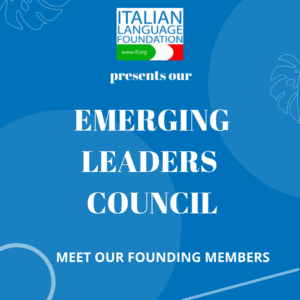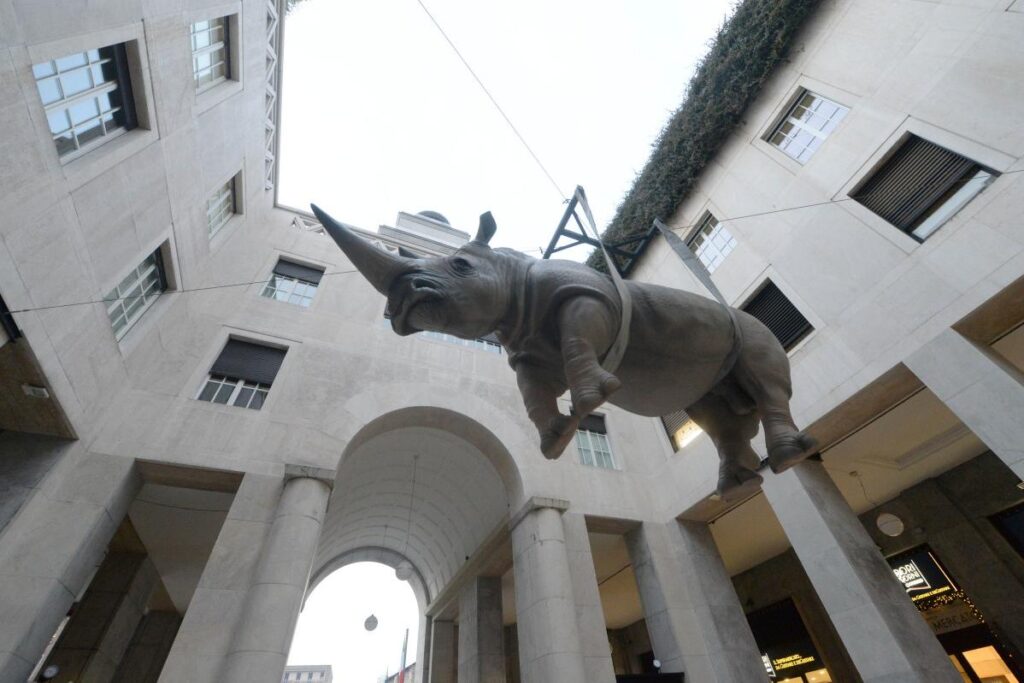Written by: Catherine Dell’Olio, a rising sophomore at Georgetown University.

Two Sundays ago, I had the pleasure of organizing a cards-playing event with Circolo Italiano. We spent a lovely hour playing Scopa with whoever stopped by, meeting new people and getting to know each other—all while trying our best to be the first to get eleven points!
Some of my first memories of card-playing are around my nonna’s kitchen table, playing fast-paced Scopa with my cousins and betting quarters on Briscola hands with my aunts and uncles. My family has always loved playing cards, and I grew up with both decks of 52 and 40 cards, learning both American card games and the Italian classics. When I moved into Georgetown, I brought with me an old deck of Neapolitan cards for entertainment, and taught my friends how to play Scopa and solitaire one night as a break from studying. None of them had ever even seen Neapolitan cards before, but all caught on quickly and fell in love with the games. Scopa has become a classic in my dorm room—even if I do occasionally need to remind the players of the differences between the re and fante!

I will always love card playing because it reminds me of great memories with my family, but found at Georgetown that it’s brought me further along in my study of Italian. From picking up new vocabulary with each game (scopa, for example, means broom because a winning hand sweeps up all the cards) to learning more about the history of these games (which have been played in Italy since the 16th century), cards are a great opportunity to learn more about Italian culture and heritage. And of course, they’re always a lot of fun!



 Sustainability is a compelling and necessary part of our future.
Sustainability is a compelling and necessary part of our future. 
